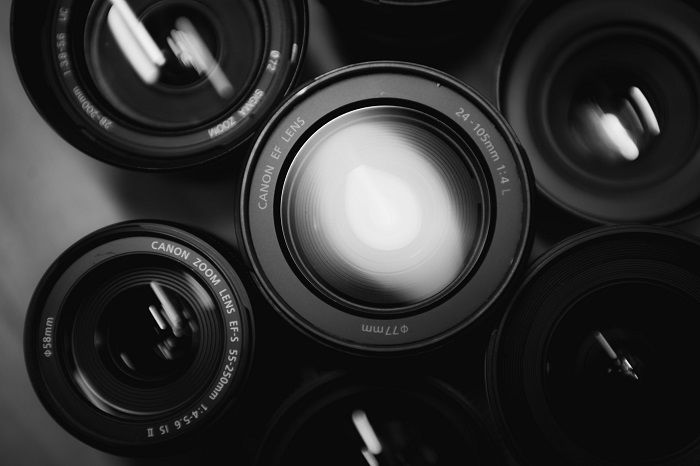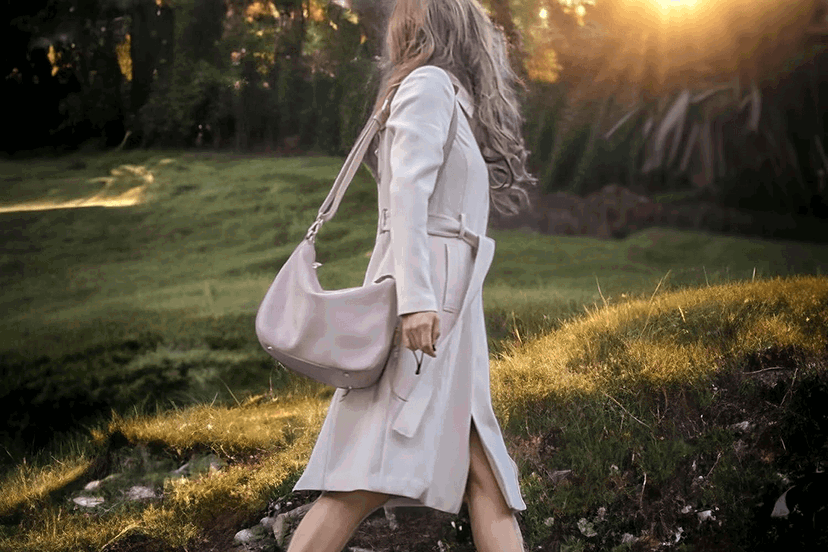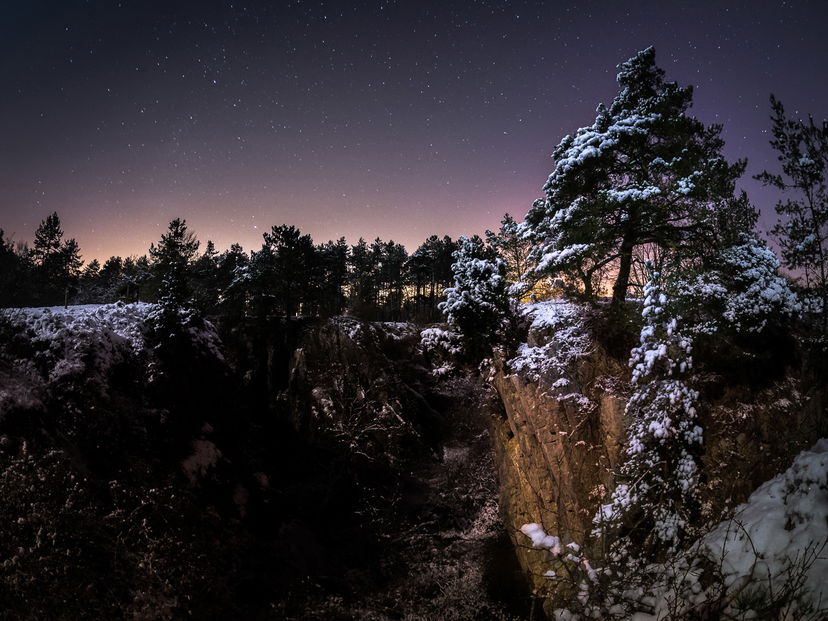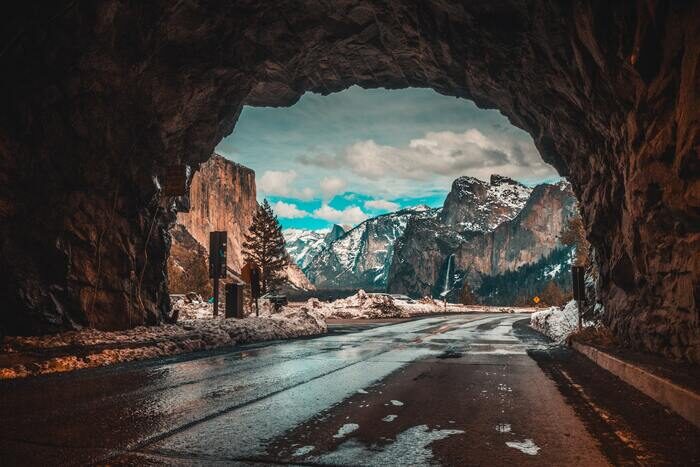12 Best Apps for Landscape Photographers 2026 (Updated)
Landscape photography is all about capturing the beauty of the natural world. From majestic mountains to rolling hills, there are endless possibilities for stunning landscape photos. If you’re looking to improve your landscape photography skills, you need to check out this list of the best apps for landscape photographers.
Best Apps for Landscape Photographers
Below are the best apps for landscape photographers for specific situations.
Time and Date
This website has a host of features that make it the best for landscape photographers during an eclipse. I have yet to find any dedicated landscape app for either Android or iOS that is so feature-rich.
Time and Date offers an ephemeris for any place in the world in handy to use calendar tables. I primarily use this app for planning lunar and solar eclipses many years in advance.
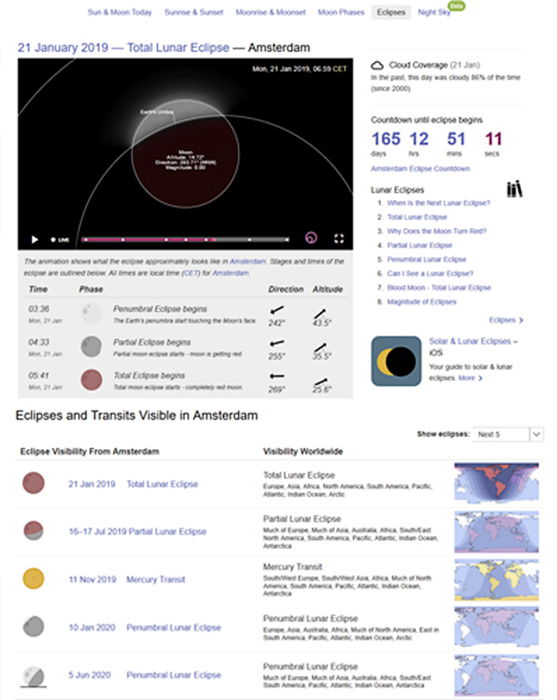
The best time to enjoy a Blood Moon, or indeed any full Moon, is after the moonrise when the Moon is close to the horizon. Before moonset is also a good time.
When the Moon is near the horizon, it looks bigger and brighter than when it’s high up in the sky. This is called the Moon illusion, and it played a part in the idea behind the Blood Moon shot below.
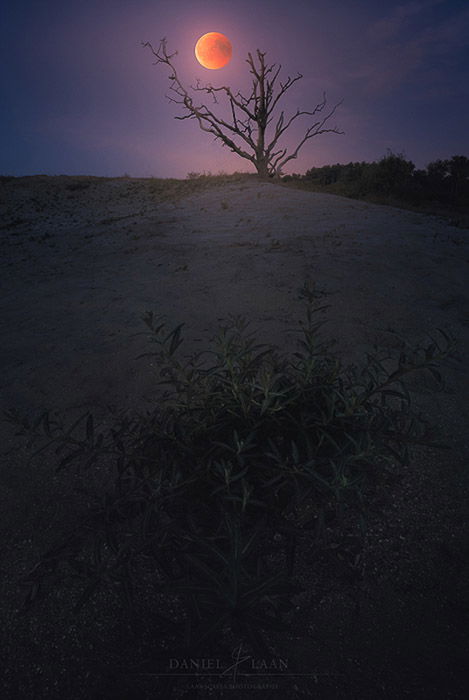
I saw the eclipse path on TimeAndDate.com. That means I knew that the eclipse had already reached totality when the Moon rose. And that the fully eclipsed Blood Moon would rise in the east.
So I put myself in a familiar area with a clear view of the eastern horizon and a bit of a foreground. But there was a big band of clouds blocking the moonrise.
TimeAndDate.com gave me the exact time I needed. Between the moment I observed the Moon slide out from the cloud cover at 22:50 and the end of totality at 23:13 local time.
This eclipse might have been the longest in over a century, but I was in quite a hurry. I ended up taking a wide-angle shot of sea buckthorn for the foreground. Then I combined it with a telephoto shot of the Blood Moon to dramatize the end result.
But there was one key part missing in planning this shoot: The exact point on the horizon where the Moon would rise. I use another app for Android for exactly this.
Sun Surveyor (and PhotoPills)
These are the best apps for knowing when the Sun and Moon rise. Both photography apps have more or less the same feature set and are available on both iOS and Android.
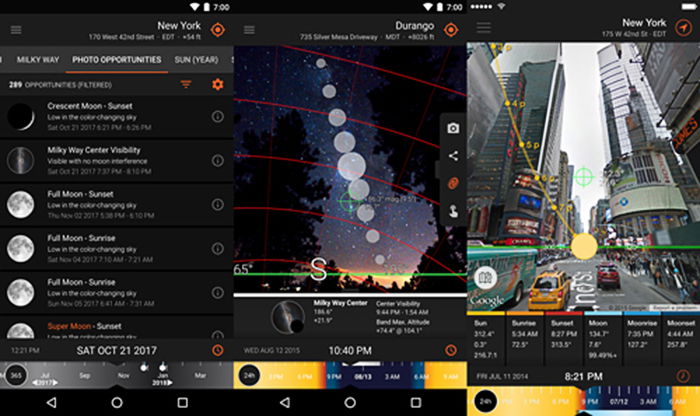
There's a map with your geographic location and the direction of the Sun, Moon, and even the Milky Way center. But there's also a live-view augmented reality feature.
Live-view in Sun Surveyor shows you an overlay of the path a celestial object follows along the sky. You can drag the time to the past or future. This means you can see where the Sun will rise, for instance. That's fantastic if you want the sun in a very specific area in your photo.
Sun Surveyor is one of the all-around best landscape apps out there. But actually, I find it most useful when planning nightscapes. At my resident latitude, the Milky Way is most visible during very particular dates and specific times during the day.
I used Sun Surveyor at the beach for the tracked Milky Way shot below. But I used the app about a year in advance. You can use PhotoPills to plan ahead for your backcountry shoots at any location in the world.
Here is our full review of PhotoPills.
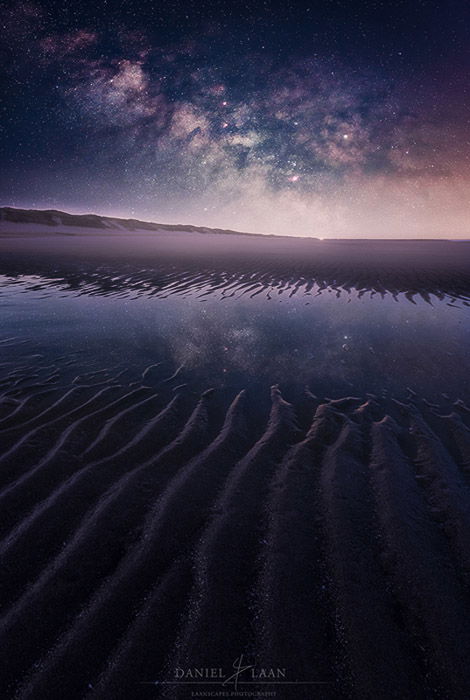
Stellarium
The best landscape app for night photography is Stellarium. There is an iOS version and an Android app. But it’s the open-source desktop application that I will discuss here.
Stellerium started out as an open-source program for PCs. With Stellarium, you can see the constellations, the planets, the Moon, and the Milky Way. What makes it the best is that there are add-ons.
These plugins enable you to see anything from meteor showers to satellites. That includes the International Space Station.
It is the go-to app for night sky enthusiasts. It’s also an invaluable addition to your collection of landscape photography apps. If you see a bright object and don’t know what it is, Stellarium will tell you.
You get a host of options from planning your nightscape photos in advance through the desktop application. And you get the 3D compass in the field when using the app. You can even turn the screen red to save your night vision.
I like how Stellarium illustrates how the view of the Milky Way changes throughout the seasons. This helps a great deal when pinpointing those precious few days in more northern latitudes.
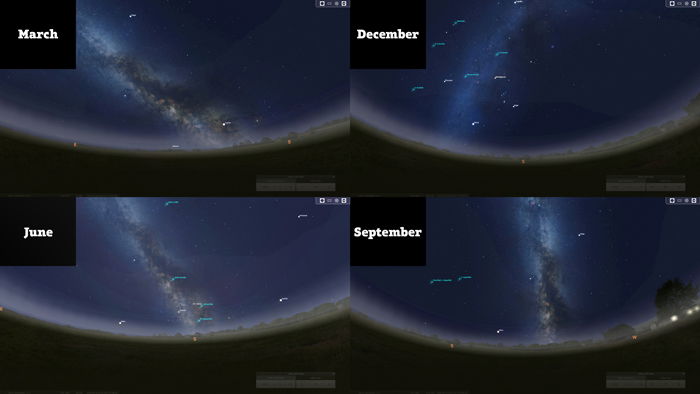
MeteoBlue
The weather is tough to forecast. As a landscape photographer, that's both frustrating and interesting, especially when you plan to capture the stars.
The best app for finding starry nights is MeteoBlue. There's a chart that I used to plan nightscapes up to three days in advance. I started that as soon as Stellarium pointed me to a moonless night.
The astronomical seeing chart is not easy to use, but it does provide information I can't find anywhere else. This includes air quality for seeing stars and other astronomical objects in the night sky. This can be found in the “Seeing” column below.
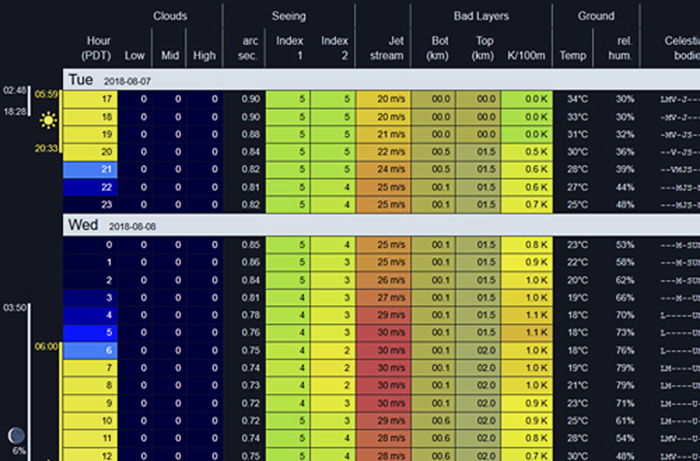
Without making it too complicated: “Seeing” is an index on a scale that runs from one through five.
Seeing five indicates the best conditions. You’ll see many more stars than when the seeing reading is at a measly one or two.
This chart is location-based and works anywhere on Earth.
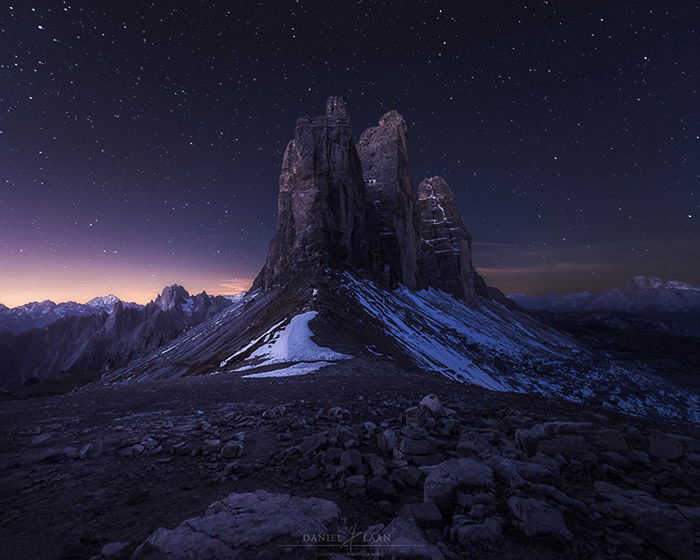
ISS Detector
If you want to further get into niches in landscape photography, we’ve got you covered. I'm guessing you want to know if there's something interesting to see apart from the Milky Way.
Sure, there are the Orion constellation and the Perseïd meteor shower. But what if you wanted to do a group photo with a bunch of astronauts 400 kilometers away?
In that case, the best app for finding the International Space Station is ISS Detector.
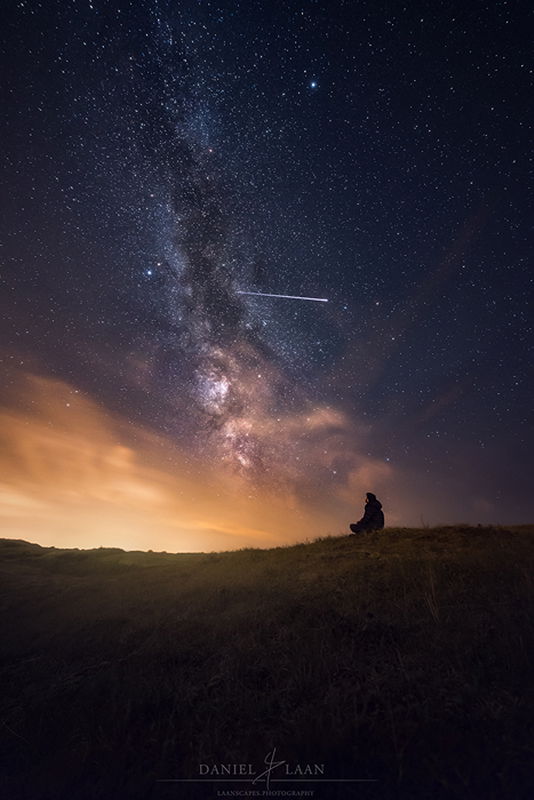
The International Space Station is orbiting our planet at 17,200 miles per hour. A sighting typically lasts for less than 4 minutes.
The station is also the brightest manmade object in the sky. It is the third brightest object in the sky, followed by the Moon and Venus.
Due to light reflecting off the station, it can brighten up to as much as 16 times the brightness of Venus. This is a good reason to set up your tripod under cover of darkness.
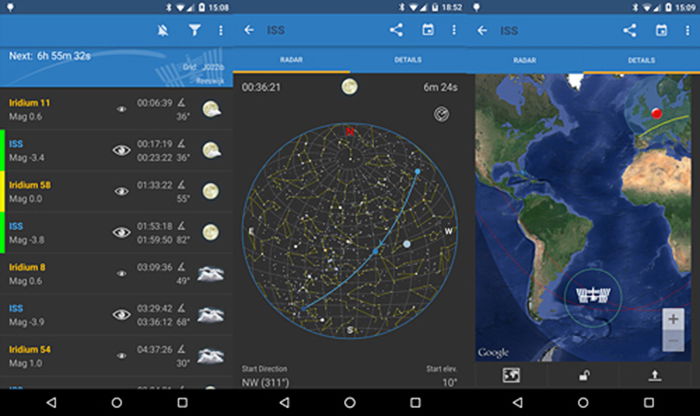
ISS Detector comes with all the necessary forecasting tools. It even has radar to see where and when the station appears. But there's much more orbiting the Earth than the International Space Station. You can use it to find Hubble, the Iridium constellation, and even comets.
It’s easy to set up and powerful enough to be used by professionals.
Weather Underground
Getting the right weather is a big part of landscape photography. And Weather Underground is the best app for the most accurate weather forecasts.
With Weather Underground, you can build a custom forecast. You can base it on a number of parameters, such as air pressure, relative humidity, temperature, wind speed, and location. By setting this up, I have a forecast ready for just about any photo opportunity.
The "foggy forest" forecast that I set up uses a relative humidity of anything above 90 percent and low wind speeds. It applies to just a particular area that I like to visit in the hours before dawn. And it works!
Weather Underground gives you notifications, a clear user interface, and dozens of features that you can actually use in planning your landscape photography.
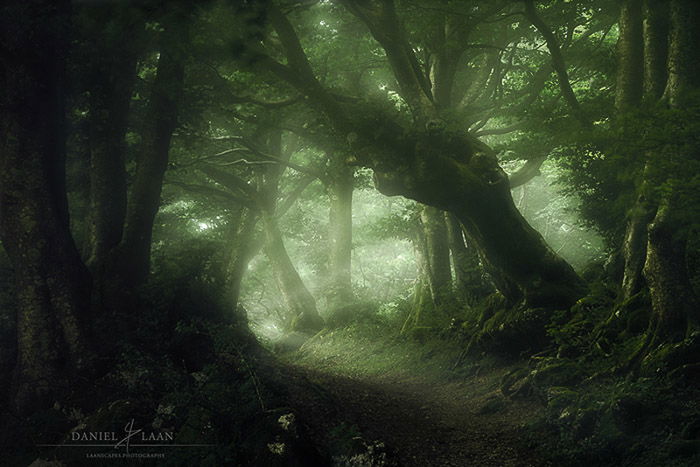
Estofex
Some landscape photographers love including extreme weather in their photos. This app is for the budding storm chasers.
Estofex is the acronym for the European Storm Forecast Experiment. And it’s the best app for severe weather forecasts in Europe.
They issue warnings and daily information about severe weather in Europe. This includes lightning, hail, severe wind gusts, and tornadoes, for instance.
There are three levels of severe (dangerous) weather within 40 kilometers of a point. A level one hazard is a 5% chance of severe weather. At level two, that chance is 15%. Level three is a 15% chance for extremely severe weather.
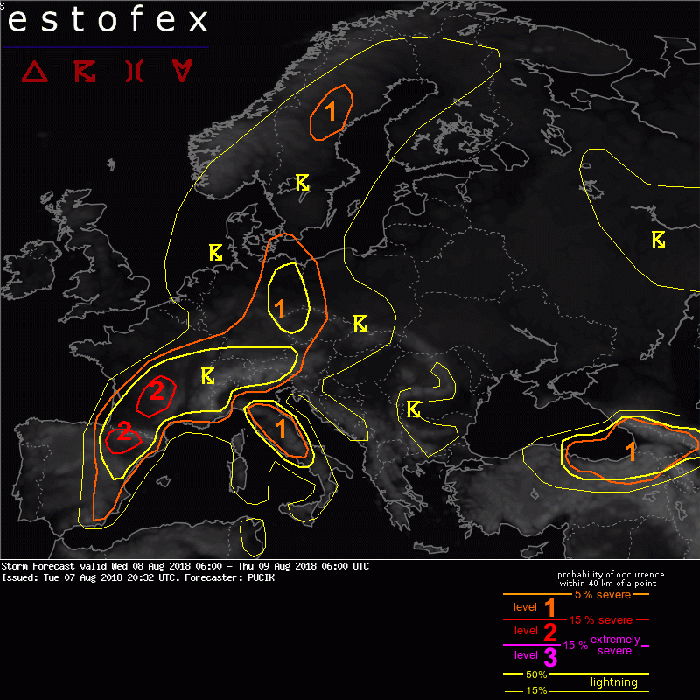
Using Estofex well for photography is a bit of a gamble. That’s partly because the exact location of a beautiful storm can be hard to forecast. I’ve had many misses when using this service. But I’ve also had some fantastic cloud formations as a result.
The purpose of this website is not to announce an opportunity for landscape photographers. Estofex isn’t a landscape photo app. The service warns you of severe .
But here's why I still see it as one of the best landscape apps. Say there's a level one warning within 100 km of my location. That means I'm driving to the area to see if it’s a photogenic storm.
If there's a level two, I'm more cautious. I will drive to the edge of that area but only leave the car if I feel it’s safe. Remember, always err on the side of caution when it comes to Mother Nature.
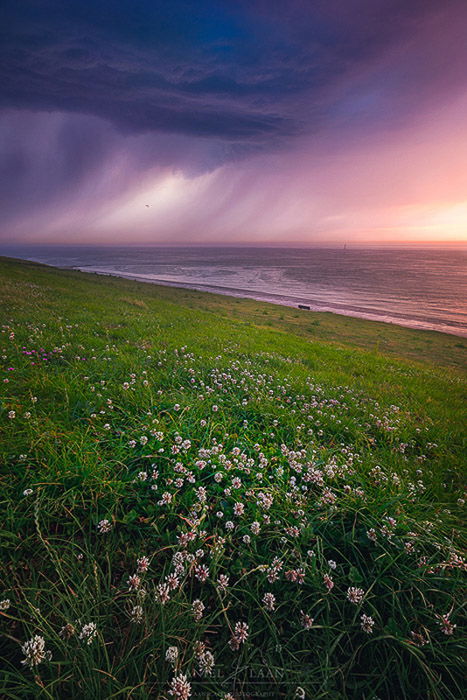
Space Weather Live
There's another type of storm there are many apps for—geomagnetic storms. And with Space Weather Live, forecasting the Northern Lights has never been easier.
With so many apps out there that tell you if there's going to be green in the sky tonight, it's tough to find the cream of the crop. I'm not using a native app at all. Instead, I'm going over to Space Weather Live for the forecast.
You’ll find 10-day sunspot forecasts and more. You’ll also find the answer to a simple photography question, “Is the aurora visible right now?”
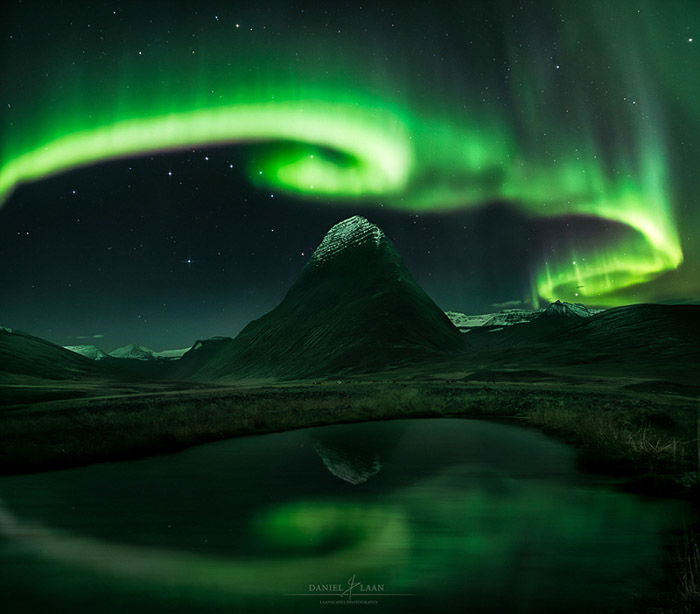
The northern lights and southern lights are a natural phenomenon. The aurora occurs because of charged solar particles that interact with the Earth's magnetic field.
The Sun is more active on certain days than on others. And as a result, the chances for the aurora can be higher. There is, of course, much more to this. But Space Weather Live gives you clear answers to your questions based on very complicated data.
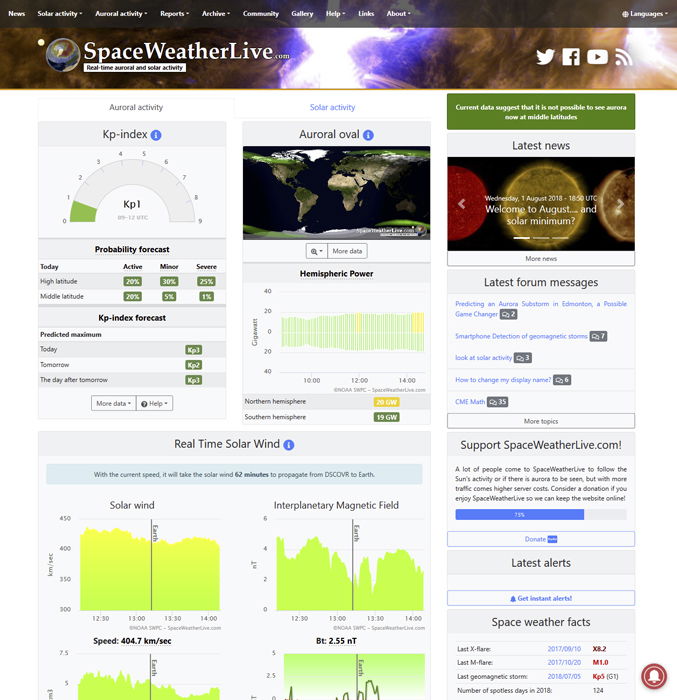
Viewranger
The best app for navigating rough terrain is Viewranger. It actually got me out of a nasty situation. I came back from a sunset shoot in the mountains, and fog started to roll in. I was in unfamiliar territory, and I couldn't see three feet in front of me. But I had Viewranger plot my current position on the map.
Smartphones aren't that accurate to use for hiking in the mountains, but mine did the job. Viewranger is a detailed map (anywhere in the world) that lets you navigate the great outdoors. All this makes Viewranger one of the best landscape apps out there.
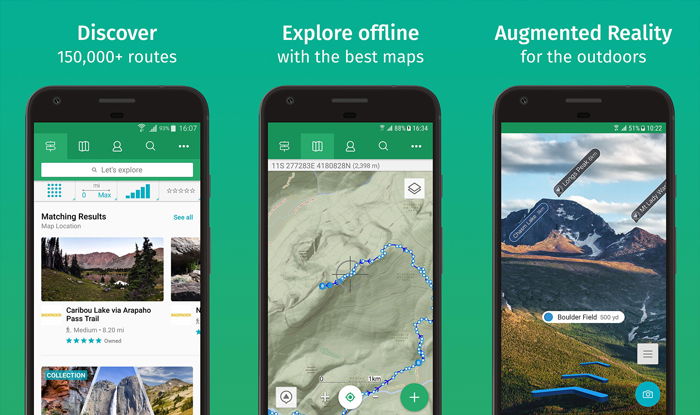
One of the key selling points for me was that these charts work without cell reception. A GPS fix will do. It also includes statistics for tracking your movements and ways to share them with your friends.
It also comes with the capability of loading your GPX data and KML files. You can use these to overlay your planned route.
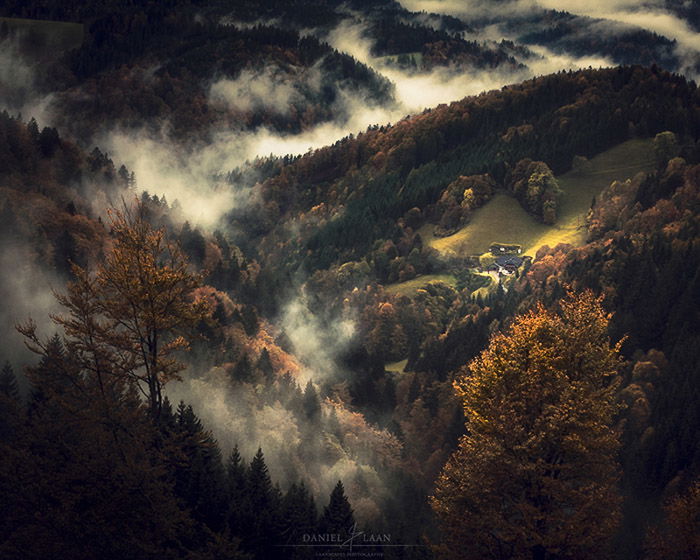
The maps are highly detailed. They’ve been acquired through international collaboration between 23 agencies across the globe.
All 1:25,000 and 1:50,000 scale maps can be obtained through the app, but do cost extra. Don’t let that discourage you.
Viewranger has been around for ages and still gets regular updates. Plus, the app itself is free.
Monumental Trees
You can find everything online these days. Even the girth of trees around the globe. Monumental Trees is a huge database of the most stunning trees that are still around.
At the time of this writing, there are 60,390 trees documented. These trees range from anything from a couple of meters to trees over 30 meters in circumference!
The website features an interactive map. This helps you explore the area digitally before heading out to the forest for some tree photography. Beech trees and oaks are my personal favorites.
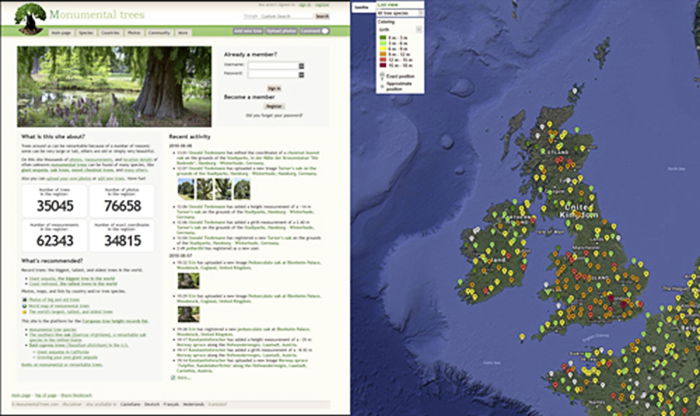
Tide Charts (Tides Near Me)
Seascapes are as timeless as the sea itself. Even the most empty, zen-like imagery contains some type of subject.
The best time for seascape photography isn't always sunrise or blue hour. It’s about the time when the tide is receding.
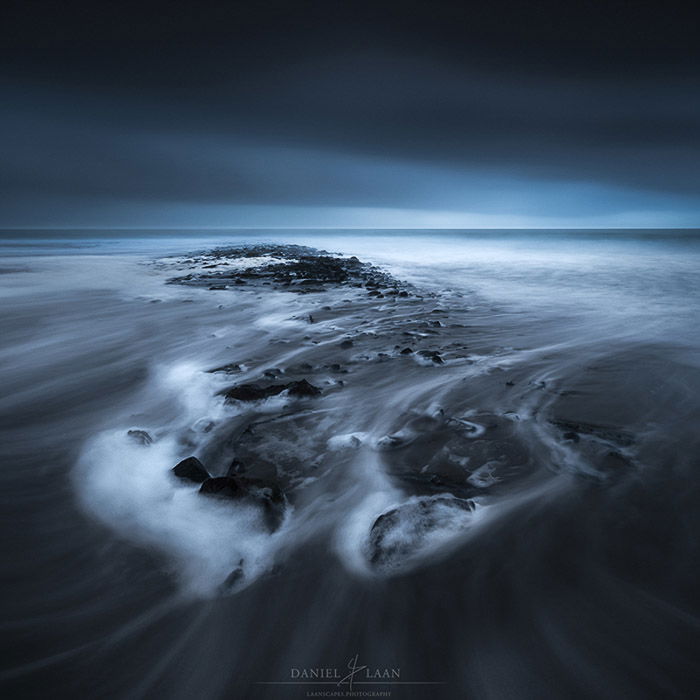
The receding tide has a number of benefits as opposed to high tide. Most importantly, footsteps are erased. Your rocky subjects in the sand will be adorned in nice foamy stretches. Especially with long exposure shots.
So when is the tide receding? Enter Tides Near Me (Android) and Tide Charts(iOS) to find out everything you need to know about the tides. (The apps are the same.)
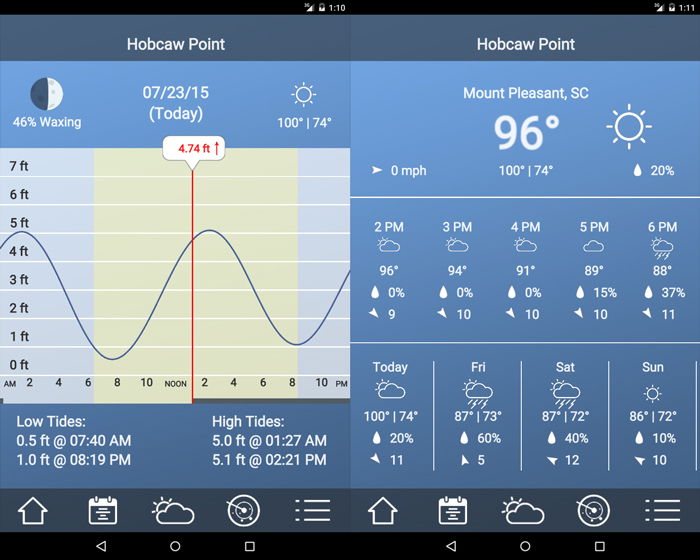
You're looking for a moment when you're at the edge of the water. Notice the point where the graph is coming down again. That’s when the tide is heading out, which is the time you’re aiming for.
Tide Charts works for any location in the world. This is handy if you're a traveling photographer.
It also includes a small weather application. Use it it see if the weather's clearing up, but don't expect too much from this. There are better weather apps that we've discussed here.
Google Earth
This one doesn't need much introduction. Google Earth is the first app that I used for landscape photography and I still use it today. It’s the best overall app for landscape photography.
You can plan your next shoot halfway across the planet with Google Earth. You can virtually scout the area before you spend time, money, and effort to discover that it isn't worth it.
To me, Google Earth is just as good at eliminating locations as selecting them. So when you have limited time, you can make sure that it's well spent.
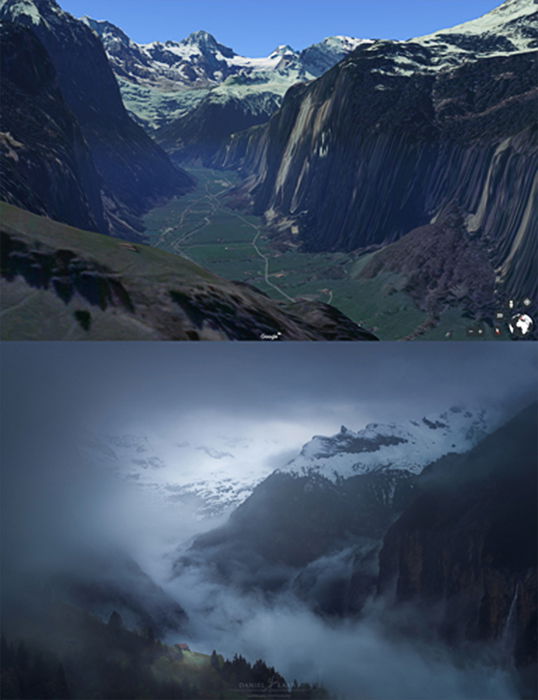 I use both street view and the built-in 3D functionalities. These give me an idea of my position relative to my surroundings.
I use both street view and the built-in 3D functionalities. These give me an idea of my position relative to my surroundings.
It has gone through some changes over the years, but now, within the Chrome browser, it is at its most nimble. Google Earth is fast, accurate, and available anywhere for free. It’s definitely been at the top of my list of best landscape apps for a long time.
Conclusion—Best Apps for Landscape Photography
Technology in photography has come a long way. And not just cameras and lenses but also the tools that help us take shots. The best apps for landscape photographers will take your shots to the next level, no matter what you’re shooting.
